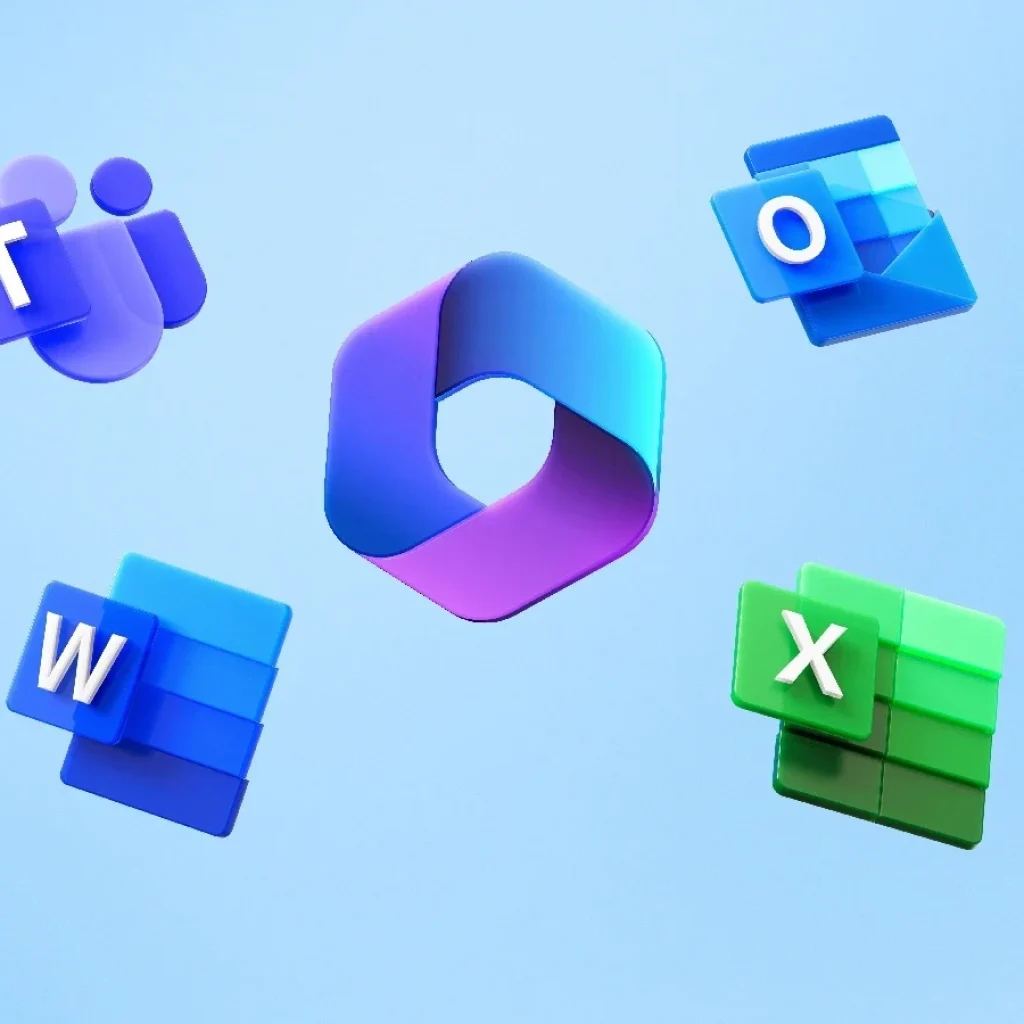
Charities, educational institutions, and other not-for-profit organizations are increasingly adopting Microsoft 365 to drive digital transformation, improve productivity, and streamline collaboration. The appeal of Microsoft 365 lies in its powerful suite of tools and user-friendly interface. However, the more deeply these organizations embed Microsoft 365 into their operations, the more they are beginning to realize the complexity of managing the broader technology ecosystem that surrounds it.
This ecosystem spans data security, user access, compliance, device management, training, and license optimization—areas where not-for-profits often face unique challenges. Addressing these effectively is no longer optional; it is essential.
The Unique Challenges Faced by Not-for-Profit Organizations
1. Handling Sensitive Data
Not-for-profits often store sensitive information related to staff, volunteers, beneficiaries, and communities. This makes them high-value targets for cyber threats. The 2024 cybersecurity landscape revealed that:
- Nearly 60% of UK higher education institutions experienced a security breach.
- Around 30% of UK charities also reported being compromised.
Such statistics highlight the urgent need for robust security practices within the Microsoft 365 environment.
2. Security Posture and Alert Management
Maintaining a strong security posture requires continuous monitoring of Microsoft 365 alerts, policies, and configurations. Threats evolve rapidly, and without proactive management, vulnerabilities can be exploited before they are even detected.
3. Device Management and BYOD Risks
Many not-for-profits allow Bring Your Own Device (BYOD) policies, increasing the risk of weak security on unmanaged or personal devices. Knowing which devices are being used and how they are being used is essential to protect organizational data.
4. User Behavior and Email Usage
Even when users are given Microsoft 365 accounts, they may continue to use personal email services, bypassing organizational controls. This undermines security and visibility, and can lead to data leakage or compliance issues.
5. Digital Literacy and Training
Not all users—especially volunteers or part-time staff—have strong digital skills. Identifying individuals who need training or support is critical to ensure proper use of Microsoft 365 features and to reduce human error, which remains a leading cause of breaches.
6. License Optimization and Cost Control
While Microsoft offers discounted or free licenses for eligible nonprofits, many organizations require premium features that incur additional costs. Without careful monitoring, this can lead to unused licenses or misallocated funds—both of which are particularly damaging to resource-constrained organizations.
Microsoft 365: More Than Just a License
To address these challenges effectively, organizations must shift their perception of Microsoft 365. It is not just a software license—it is the foundation of a critical technology ecosystem. This ecosystem needs to be actively managed, optimized, and secured.
With proper oversight and tooling, Microsoft 365 can deliver far more than just email and document sharing—it can become a powerful enabler of mission impact.
Leveraging Automation and AI
Microsoft’s native AI and automation capabilities, such as Microsoft Copilot, Defender, and Entra ID (formerly Azure AD), provide powerful tools to:
- Automatically flag and respond to unusual user behavior.
- Recommend license reassignments based on usage data.
- Identify training needs based on how users interact with applications.
- Ensure device compliance and enforce conditional access policies.
- Maintain up-to-date threat protection across all endpoints.
These capabilities enable nonprofits to proactively manage risks and uncover opportunities for cost savings and operational improvements.
The Value of a Microsoft 365 Health Check
A Microsoft 365 Health Check offers a structured way to assess the current state of an organization’s environment. It typically reviews:
- Security posture and configuration
- User activity and license usage
- Device compliance and access policies
- Email and collaboration tool usage
- Data resilience and backup strategies
Insights from the health check empower organizations to take corrective actions quickly—often with the guidance of a Microsoft Cloud Solutions Partner—to strengthen their environment and align it with best practices.
Conclusion
As digital operations become central to the mission of not-for-profit organizations, managing the Microsoft 365 ecosystem must become a strategic priority. With sensitive data at risk, evolving cyber threats, and the need for cost-effective operations, the stakes have never been higher.
By investing in continuous monitoring, training, and automation—and by viewing Microsoft 365 as the cornerstone of their digital infrastructure—charities, educational institutions, and nonprofits can protect their communities, enhance collaboration, and ensure every license and tool is delivering maximum value.
Notes about TBSC
TBSC has created the Smarter 365 Ecosystem which uses Microsoft based AI technology to automatically analyse and reveal how Microsoft 365 usage efficiency and security is improved. For further details contact info@tbsc.cloud